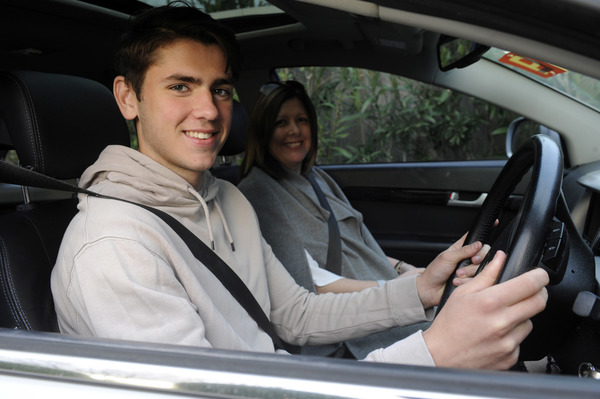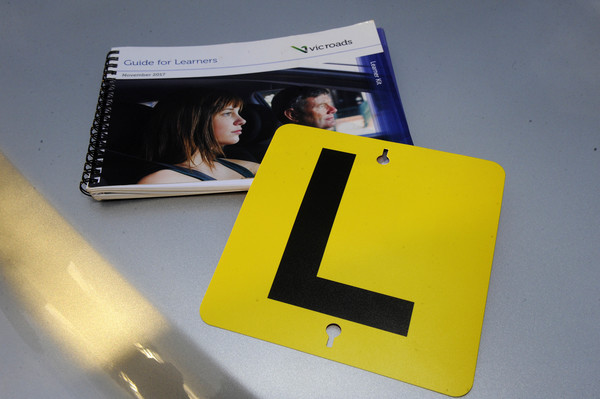
By Melissa Grant
Getting a learner permit is a huge milestone in a teenager’s life.
While it’s an exciting occasion for a them, it can be a scary time for their parents.
It’s understandable that mums and dads may be somewhat nervous about jumping in the passenger seat with their son or daughter behind the wheel.
But the importance of helping an L-Plater clock up 120 hours practice in all kinds of conditions cannot be underestimated.
Statistics show road crashes continue to be a leading cause of death for people aged between 18 and 25 years.
Last year, 24 per cent of drivers who lost their lives were in this age group, despite making up only 10 per cent of licence holders.
So how do you help your child become a safe driver and not a road statistic?
Transport Accident Commission (TAC) Road Safety Project Manager Tahlee Norton says teaching a child how to be a safe driver starts long before they jump in the driver’s seat.
“For role modelling, it starts quite young,” she said.
“Before they go out and get their Ls and start practicing, it’s important to be modelling safe driving behaviour, minimising distractions and driving to speed limits.”
When a teenager gets their learner’s permit, it’s often a good idea to book in some professional driving lessons.
Parents can also sit in on a formal driving lesson if they aren’t confident in their own abilities to instruct.
“It can help with parents being able to find the right language to use. It can also help to refine the skills and give a better idea of approaches you can take,” Mrs Norton explained.
“But it’s not a mandatory requirement.”
It’s important the 120 hours’ practice is done in a variety of environments.
This includes highways, country roads and inner-city roads. It also includes night driving and practice in wet and windy conditions.
That means only allowing your child to drive to school at the same time, on the same route every weekday isn’t going to cut it.
Learner drivers can also access online resources to support them. The TAC’s Drive Smart program, for example, is an online training program that simulates different road environments.
The TAC also runs a Road Smart program, in conjunction with VicRoads, that’s available to public and private schools across the state.
Improving students’ understanding of road trauma and equipping them with knowledge to make good decisions on the road is among the key aims of the program.
Some of the behaviours that increase a young driver’s risk of crashing include driving with peer aged passengers, night driving, mobile phone use, drink or drug affected driving, risky driving such as speeding, and driving older and less safe cars.
Mrs Norton said there was a lot of evidence which showed getting the 120 hours practice reduced the risk of crashing.
The 120 hours must be recorded in a learner log book and include at least 20 hours of night-time driving.
The person supervising must be seated beside the learner at all times and hold a full and current licence.
Also don’t forget to properly display the L Plates in the car.
Happy (and safe) driving!
For more information, visit:








